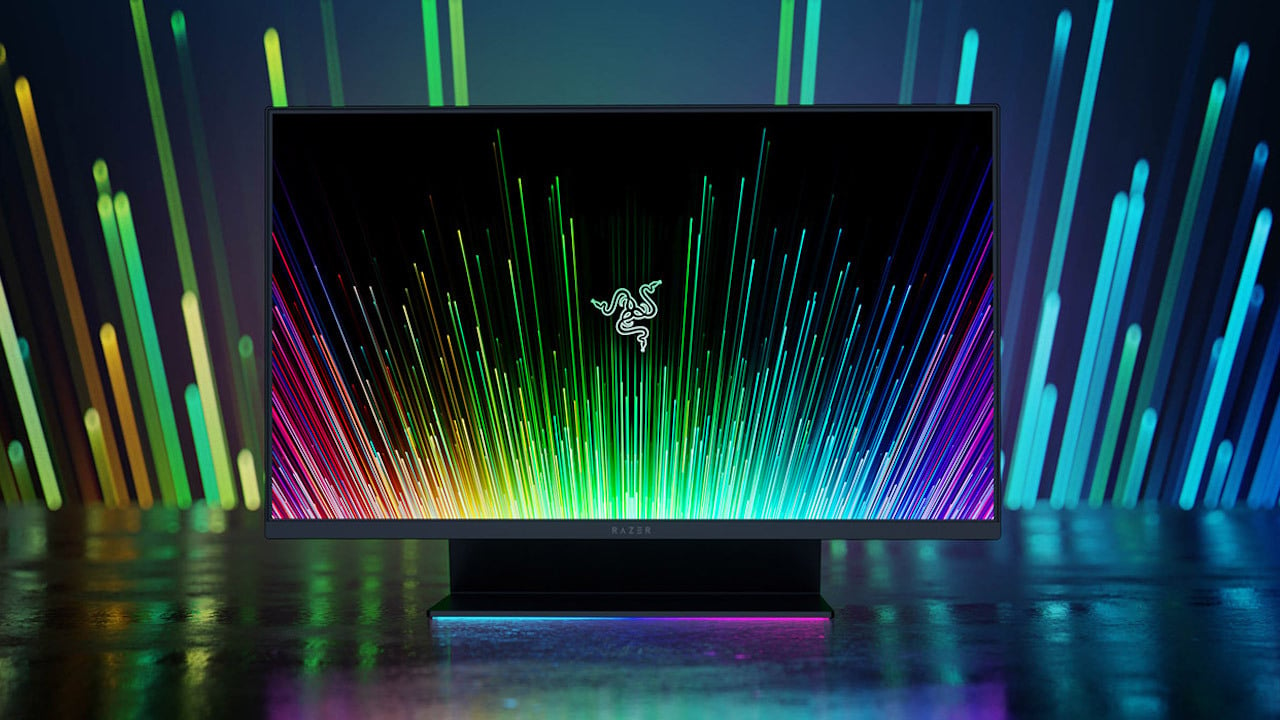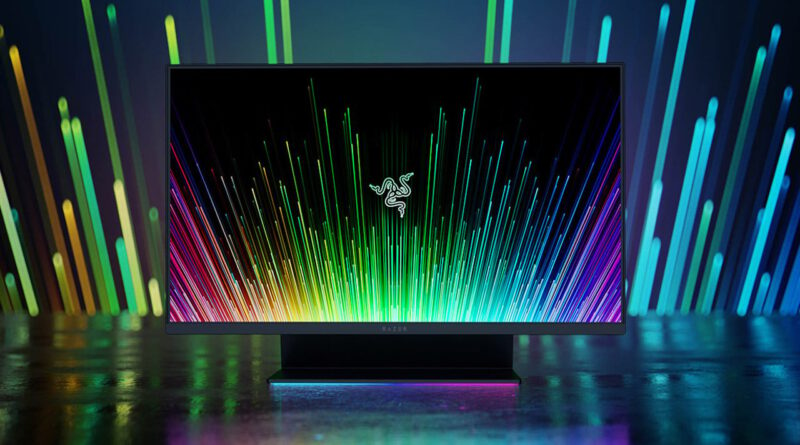The best gaming monitors to push your PC setup to the next level

Best deals on gaming monitors this week
- Dell G2723H 27″ 1080p 240Hz IPS Gaming Monitor With $ 100 Dell Gift Card (Opens in a new window) — $ 199.99
- MSI MPG Artymis 273CQR 27″ 1440p 165Hz Curved Monitor (Opens in a new window) — $ 351.45 (List Price $ 499.99)
- Gigabyte M28U 28″ 4K 144Hz HDR400 IPS FreeSync Monitor (Opens in a new window) — $ 549.99 (List Price $ 599.99)
- Samsung Odyssey G3 G30A 24″ 1080p 144Hz FreeSync Monitor (Opens in a new window) — $ 182.20 (List Price $ 229.99)
- LG UltraGear 27GP850-B 27″ 1440p 165Hz IPS Monitor (Opens in a new window) — $ 376.99 (List Price $ 429.99)
Gaming isn’t just about skills, it’s also about visuals. And on top of that, you can have all the skills in the world, but that won’t make up for a slow refresh rate or response time. These are all important things to keep in mind when searching for your next gaming monitor.
But there are so many choices out there. Monitors are only getting better as technology advances, and it’s not impossible to get a really great gaming monitor for a low price. Then again, serious gamers will want all the bells and whistles more expensive monitors offer. And believe us, they can get pricey. That’s why we’ve researched some of the best monitors available, and picked a range of price points so that you’ll be able to get a winner no matter what your budget looks like.
Which monitor is for you?
It depends on what kind of gaming you’ll be doing. For some, visuals are the most important part of a gaming monitor. These people may want to go large-screen, and for something super immersive, such as a curved ultrawide. High resolution will be the key here. E-sports players, pro gamers, or those looking for something to allow for high-quality multiplayer gaming will want to go with a monitor that supports a high refresh rate.
How we made our selections
Make no bones about it, these are all spectacular monitors. But we wanted to include monitors that span all price points, as well as monitors for different types of gamers. So. you’ll find a top-of-the-line, 55-inch monitor for those who make gaming their life, as well as budget monitors that still offer awesome gameplay, and even a portable monitor for gamers on their way to a LAN party. Whatever your needs our there’s something for you.
Here’s how we chose our picks.
-
Size: This is a given, but an important thing to nail down right at the start. What size display do you want? How much desk space do you have? What’s your budget? Usually, the bigger displays are on the more expensive side. Also, bigger isn’t always better.
-
Resolution: The higher the resolution your display can produce, the higher pixel count, which creates better visual detail and clarity. You’ll want something that is at least 1080p full HD, but if you want the best quality, aim for 2160p 4K.
-
Refresh rate: This measures the number of times your monitor can refresh an image per second. As long as you have a good GPU in your computer, you should be able to handle a smooth frame rate, and can go for a high Hertz count. 144Hz is a good middle ground to aim for.
-
Adaptive sync: This comes at no extra cost in most monitors, so it’s important to make sure your chosen display includes it. AMD FreeSync and NVIDIA G-Sync are some of the more common ones, and prevents screen tearing while you play.
-
Response time: Response time is a measurement of how much time a pixel needs to go from black to white. When it comes to gaming, this will mostly affect camera movement — the lower the response time, the less motion blur you’ll experience when you’re moving around during gameplay.
